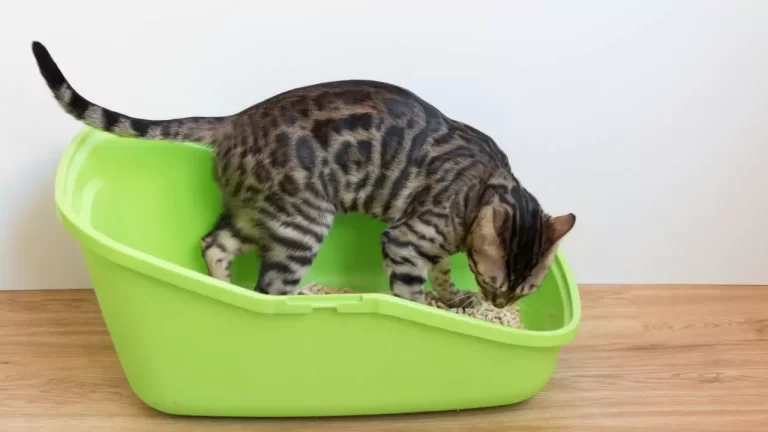A healthy cat should pee at least once every 24 to 48 hours. If your cat goes longer than that, it could indicate a serious health problem that needs immediate attention. In fact, if your cat does not pee for more than 72 hours, it could be life-threatening.
Peeing is a natural and essential function for cats. It helps them eliminate waste and toxins from their body, regulate their blood pressure, and maintain their hydration. Peeing also allows cats to mark their territory and communicate with other cats. Therefore, any changes in your cat’s peeing behavior should not be ignored.
How Long Can Cats Hold Their Pee?
The normal range for cats to hold their pee is around 24 to 48 hours. This may vary depending on factors such as age, diet, activity level, and health condition. However, if your cat goes beyond this range, it could be a sign of a health problem that needs to be addressed.
Some of the health problems that can affect your cat’s peeing frequency and duration are:
- Blockages: If something blocks the flow of urine from the bladder to the urethra, this common and serious situation can happen. This might be due to crystals, stones, phlegm, or blood clots. Because male cats’ urethras are smaller than females, they are more likely to get blocked. Blockages can make the bladder or kidneys hurt a lot, become inflamed, get infections, or even burst. This is a medical issue that needs veterinary care right away.
- Infections: This is yet another common problem that happens when bacteria or fungi get into the urinary system and cause pain, swelling, and irritation. The bladder, urethra, or kidneys can get infections. Infections can make your cat go to the bathroom more, less, or not at all. They may also make your cat pee outside of the litter box, have blood or pus in its urine, or have urine that smells bad. Antibiotics or antifungals can be used to treat infections, based on what caused them and how bad they are.
- Obesity: This is a condition that occurs when your cat is overweight or obese, which can affect their overall health and well-being. Obesity can increase the risk of developing urinary problems, such as blockages, infections, or diabetes. Obesity can also make it harder for your cat to reach and clean their genital area, which can lead to hygiene issues and infections. Obesity can be prevented and managed by providing your cat with a balanced and portion-controlled diet and encouraging them to exercise and play regularly.
How to Help a Cat Pee Comfortably?
If your cat is having trouble peeing or is not peeing at all, you should consult your veterinarian as soon as possible. They can diagnose the underlying cause and provide the appropriate treatment and care. However, there are also some things you can do at home to help your cat pee comfortably and regularly. Here are some tips:
Clean the Litter Box Regularly
This is one of the most important and simple things you can do to help your cat pee comfortably. Cats are very clean and fussy animals, and they will not use a dirty or smelly litter box. You should scoop the litter box at least once a day, and change the litter completely every week. You should also wash the litter box with mild soap and water, and dry it thoroughly before refilling it. You should also provide your cat with enough litter boxes, ideally one per cat plus one extra, and place them in quiet and accessible locations around the house.
The “Ragdoll Technique”
This is a technique that can help your cat relax and release their pee. It involves gently holding your cat in your arms, like a ragdoll, and massaging their lower abdomen with your fingers. This can stimulate the bladder and urethra, and help your cat pee. You can do this over a sink, a bathtub, or a towel, to catch the urine. You should only do this if your cat is comfortable and cooperative, and you should stop if your cat shows any signs of distress or pain. You should also consult your veterinarian before trying this technique, as it may not be suitable for some cats or conditions.
Ensure Access to Clean Drinking Water
This is another important and simple thing you can do to help your cat pee comfortably. Water helps flush out the waste and toxins from your cat’s body, and prevent dehydration and urinary problems. You should provide your cat with fresh and clean drinking water at all times, and change it daily. You should also encourage your cat to drink more water, by adding some wet food to their diet or using a fountain or a dripping faucet.







